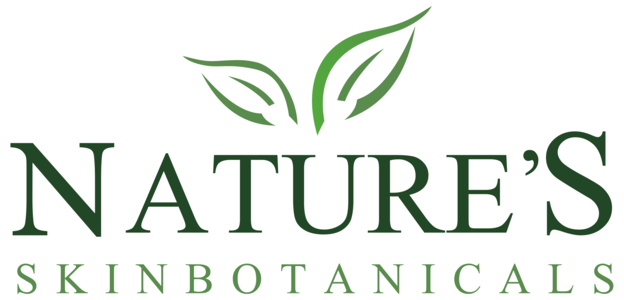Calendula flowers are one of my favorite herbs to use in natural skin care recipes. They are delicate, yet very effective and they are a beautiful addition to a garden

Creamy Calendula Castile Soap is full of Calendula officinalis benefits infused in pure extra virgin olive oil and with Local Goat Milk and Aloe vera Extract, the pot marigold, is a great herb for skin care, and has perhaps the longest history of use of any herb in skin care. Dried calendula petals are a great addition to soap because they maintain their color imparting an orange color to the soap. The petals are antiseptic, anti-inflammatory, and immune-stimulating. These properties are useful for treating various types of dermatitis such as eczema.

The useful components of calendula include a volatile oil, carotenoids, flavonoids, mucilage, resin, polysachharides, aromatic plant acids as well as saponins, glycosides and sterols. Extracts of calendula can also include alcohol tincture, water soluble tea, or distilled and used as Essential oil or watery distillate.
Calendula, when used as skin wash to a wound will promote healing. It is best used for chapped and otherwise irritated skin. The oil soluble components including the essential oil seem especially good at stimulating wound healing. Scientific studies find that extracts of calendula can speed the healing of skin wounds and burns.

Calendula Balm has also been used to decrease dermatitis.The healing properties of calendula are because of its high levels of carotenoids (vitamin A-like compounds). These compounds are oil soluble, an infused oil is a good way to go. Calendula also contains oil-soluble sterols that help plump the skin and keep it thick. You can use this oil directly in a balm or as part of the oil portion of a cream or lotion. This infused oil can help with skin regeneration, diaper rash, sunburn, bed sores and various inflammatory conditions.
